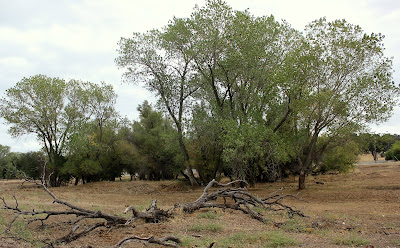California Hills in August
American Life in Poetry is made possible by The Poetry Foundation (www.poetryfoundation.org), publisher of Poetry magazine. It is also supported by the Department of English at the University of Nebraska, Lincoln. Poem copyright ©1986 by Dana Gioia, “California Hills in August,” from Fire and Rain: Ecopoetry of California, (Lucille Lang Day and Ruth Nolan, Eds., Scarlet Tanager Books, 2018). Poem reprinted by permission of Dana Gioia and the publisher. Introduction copyright ©2019 by The Poetry Foundation. The introduction’s author, Ted Kooser, served as United States Poet Laureate Consultant in Poetry to the Library of Congress from 2004-2006. We do not accept unsolicited manuscripts.












